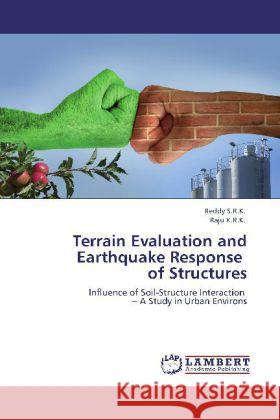Terrain Evaluation and Earthquake Response of Structures » książka
Terrain Evaluation and Earthquake Response of Structures
ISBN-13: 9783847328353 / Angielski / Miękka / 180 str.
History and geological evidences show that the rate of occurrence of earthquakes has become a frequently recurring phenomenon all over the world. Bitter experiences left by past earthquakes reveal the importance of terrain evaluation and the influence of soil-structure interaction on the behavior of structures during an earthquake especially in urban environs. A part of Hyderabad city in India with many high rise buildings constructed in different geomorphic / soil regimes is considered for the study. Remote sensing techniques have been aptly employed to evaluate terrain parameters. Earthquake analysis has been carried out to derive the response of similar structures resting on different types of rock or soil media. Significant changes have been observed in response parameters of structures associated with loose soils as compared to those when the same are assumed to be fixed at the base. Terrain evaluation studies provide a needy guideline for preparation of micro-zonation map of any city. The results of the study help in providing useful information for taking necessary amendments in urban and town planning acts, building regulations and other relevant seismic codes.











